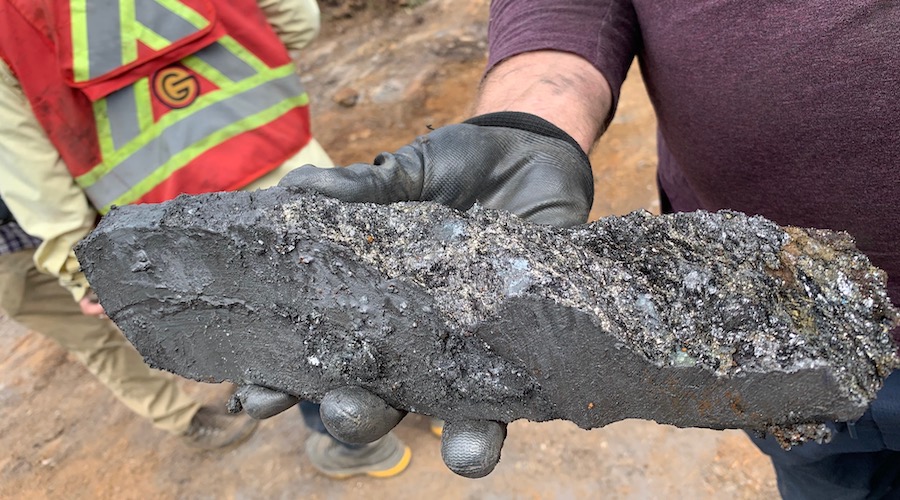Green Battery, Volt Carbon to jointly develop Quebec graphite project


Canadian explorer Green Battery Minerals (TSX-V: GEM) and Volt Carbon Technologies (TSX-V: VCT) have inked an agreement to co-develop the Berkwood graphite project, in northern Quebec.
Volt Carbon has an option to gain a 5% interest in the property and 4 million Green Battery shares, in exchange for investing C$150,000 ($110K) in exploration and making a one-time cash payment of C$1.5-million ($1.1m) before the end of next year.
The move is aimed at enhancing Volt’s graphite resources for use in lithium-ion batteries and expanding its sustainable energy footprint in North America, the company said in a separate statement.
The two have a tracked record of working together. Volt created a lithium-ion battery with materials from the Berkwood graphite project using its proprietary processing technology and without needing water, chemicals or reagents.
Graphite is a critical mineral that makes up most of the anode in the lithium-ion batteries used in electric vehicles (EVs) and energy storage technologies. It’s part of most countries critical minerals list, including Canada.
“Auto manufacturers and battery producers are looking for a clean North American-based supply chain of battery minerals. One of the primary uses for graphite is that it is used as the anode material in lithium-ion batteries,” Green Battery’s president and CEO Tom Yingling said.
Berkwood’s current mineral resource includes an in-pit constrained resource totalling 1.8 million tonnes of indicated resources at 17% graphitic carbon and 1.5 million tonnes in inferred resources at 16.39% graphitic carbon.
There is only one operational graphite mine in North America — Northern Graphite’s (TSX-V: NGC) Lac des Iles (LDI) mine, also in Quebec. Yingling noted that several additional graphite mines will be needed to meet the projected demand for magnets used in EVs.
Global analysts predict that by 2030, about 6 million tonnes of graphite will be needed every year to meet lithium battery demands. This is roughly three times the 1.6 million tonnes mined last year, according to data from the US Geological Survey.
Adamas Intelligence estimates that over half a million tonnes of graphite were deployed onto roads in the batteries of all newly sold battery electric vehicles (BEVs) globally last year. The figure represents a 38% increase from 2022 and it reaches 81% when accounting only plug-in hybrids (PHEVs) sold in 2023.
Comments
Georges Jr Bernier
Where is located the mine site exacly